Murex Hexaplex trunculus reproduction
In this video
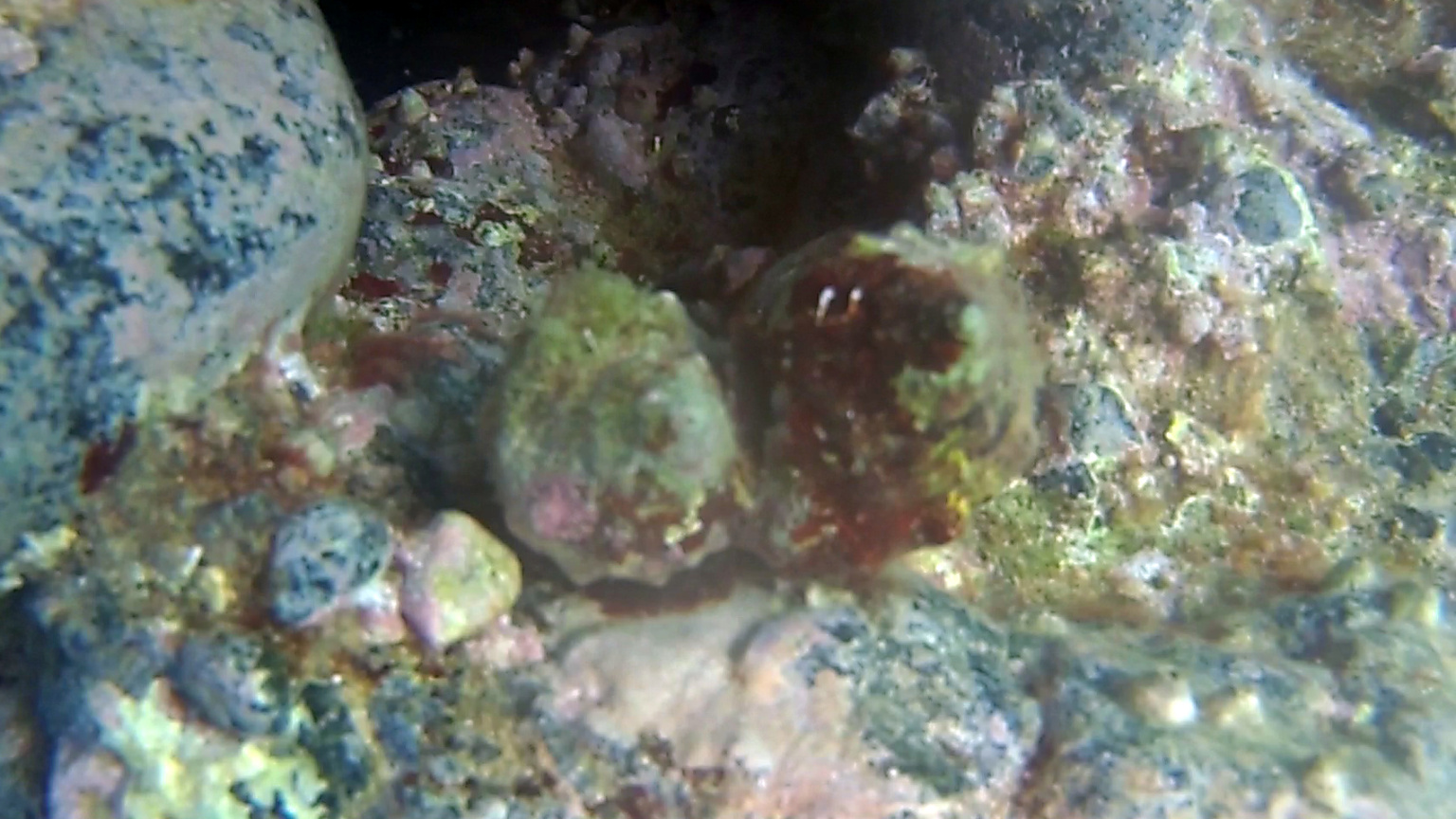
In this short movie we can see the reproduction of the Murex, Murex trunculus or Hexaplex trunculus. As I explored a typical seabed of the Livorno coast in apnea in search of some fish to film, I noticed seeing them out of the corner of my eye as I climbed these two walls. Only after a few seconds did I realize that it was two specimens being reproduced. Riproduzione Murice Hexaplex trunculus Murex reproduction intotheblue.it
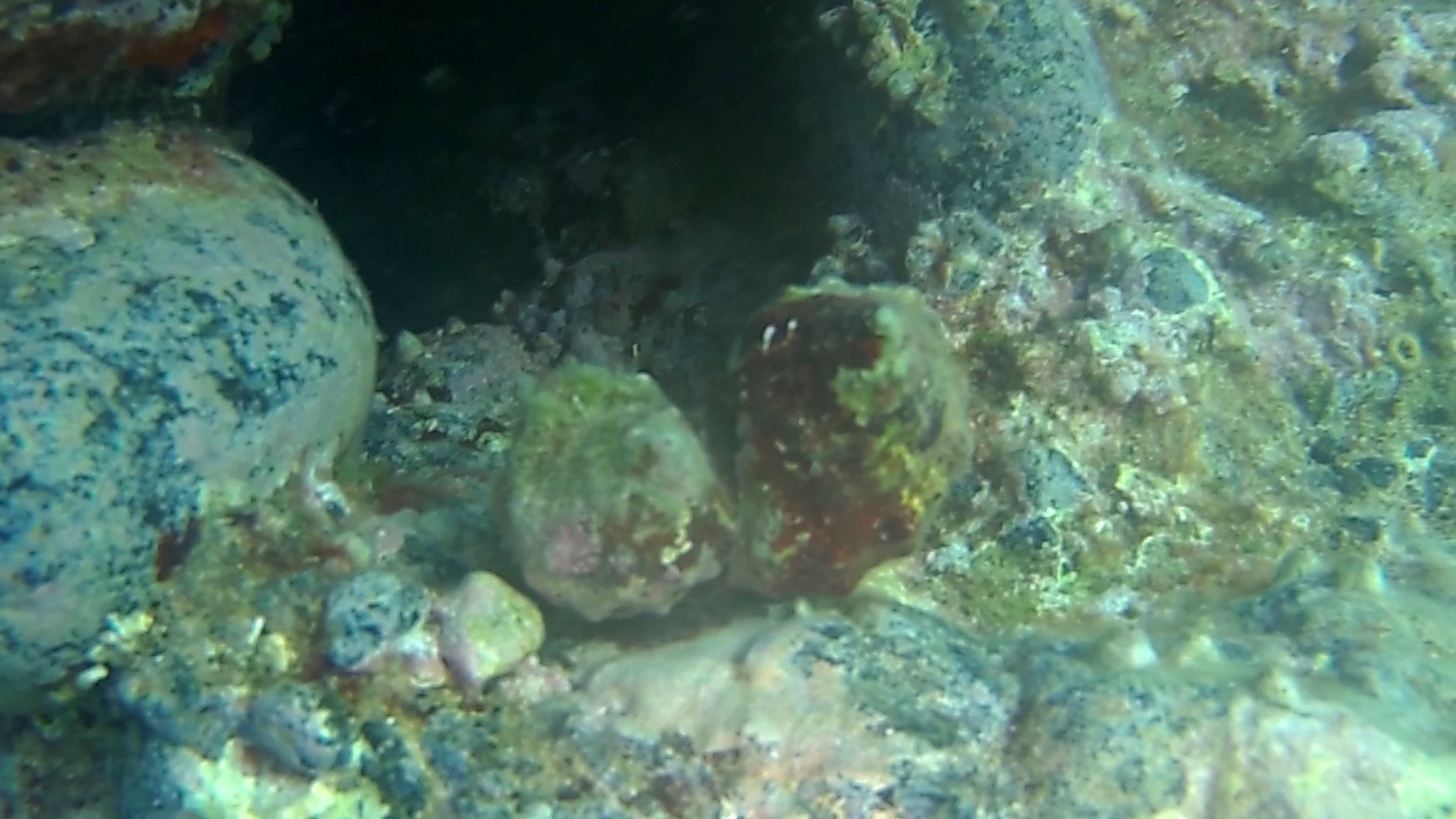
We know very well the reproduction of the spiny murex Bolinus brandaris, which occurs in numerous specimens of the same species that pile up in the reproductive phase aggregating into a sort of group sex in which they collectively lay their eggs and thus maximizing the possibility of fertilization. In this case, however, it is another species, the Murex trunculus, and in the film we see only two specimens contrary to what might have been expected.
The video was shot at the end of August in a few meters deep on a rocky bottom.
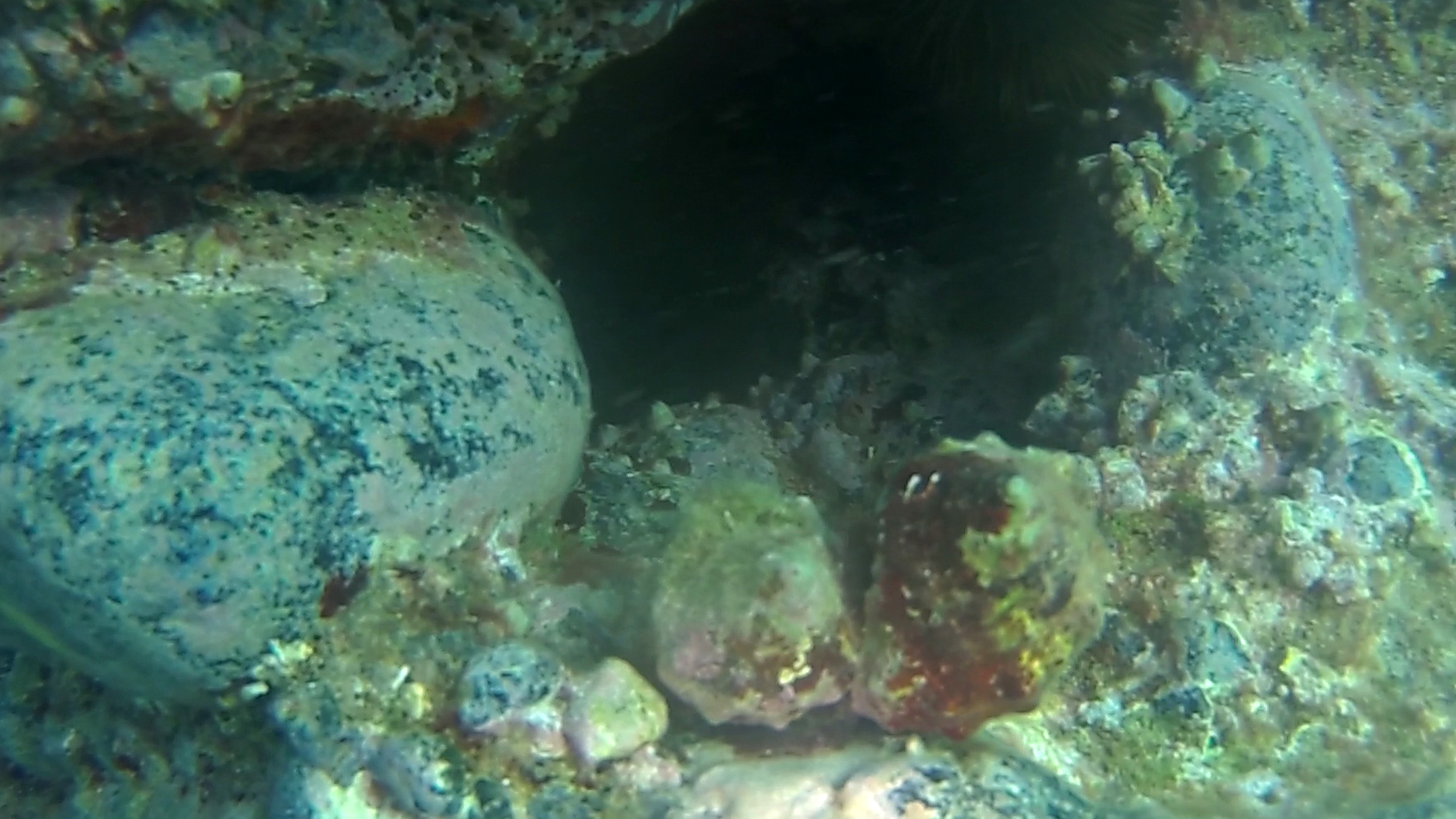
Hexaplex trunculus (also known as Murex trunculus, Phyllonotus trunculus, or the banded dye-murex) is a medium-sized sea snail, a marine gastropod mollusk in the family Muricidae, the murex shells or rock snails.
This species is a group of opportunist predatory snails that are known to attack their prey in groups. What is peculiar about this specific species is that they show no preference for the size of their prey, regardless of their hunger levels.
The snail appears in fossil records dating between the Pliocene and Quaternary periods (between 3.6 and 0.012 million years ago). Fossilized shells have been found in Morocco, Italy, and Spain.
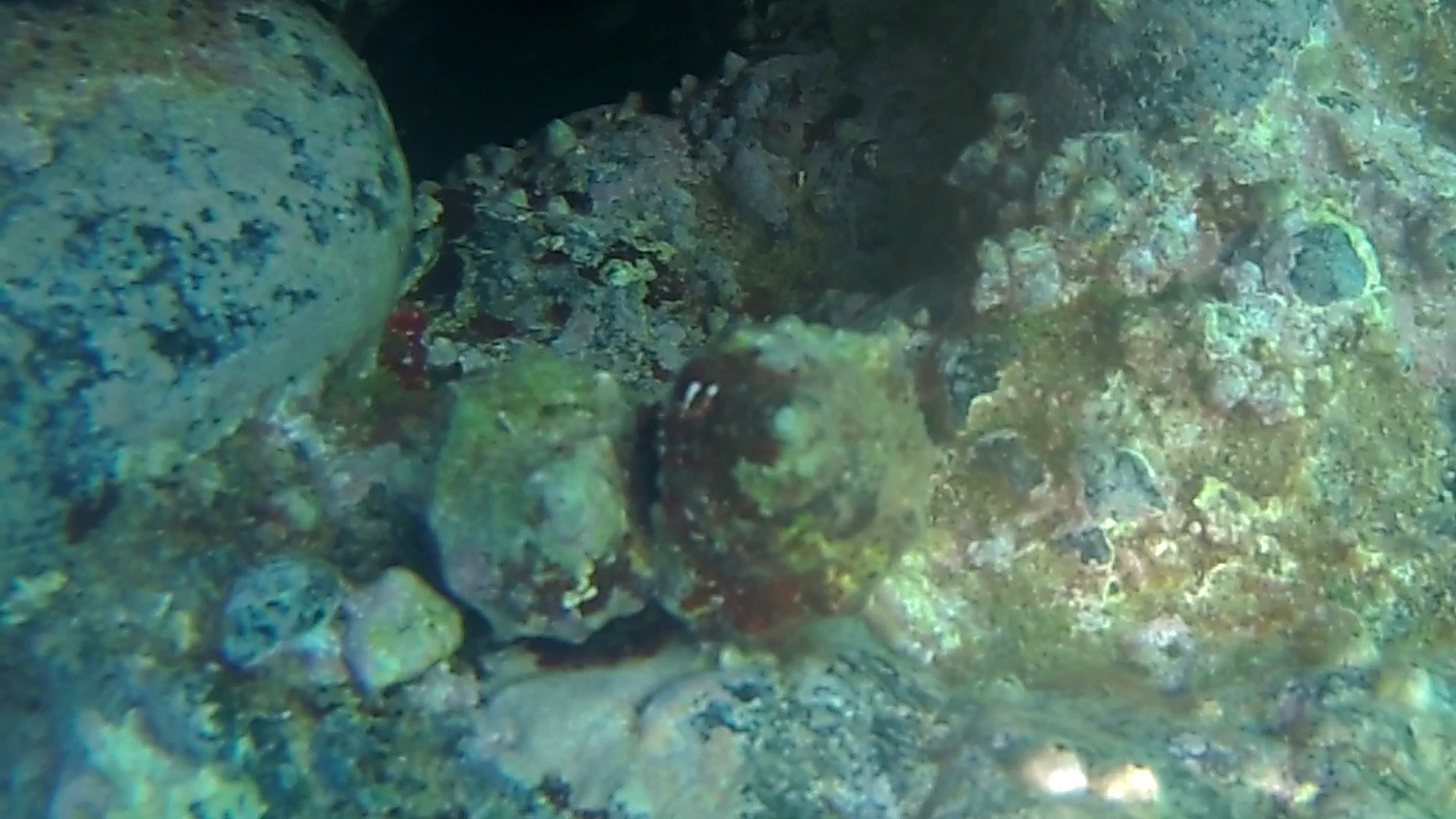
La lumaca appare in reperti fossili risalenti al periodo pliocenico e quaternario (tra 3,6 e 0,012 milioni di anni fa). Conchiglie fossilizzate sono state trovate in Marocco, Italia e Spagna.
This sea snail is historically important because its hypobranchial gland secretes a mucus used to create a distinctive purple-blue indigo dye. Ancient Mediterranean cultures, including the Minoans, Canaanites/Phoenicians, Hebrews, and classical Greeks created dyes from the snails. One of the dye’s main chemical ingredients is red dibromo-indigotin, the main component of tyrian purple. The dye will turn indigo blue, similar to the color of blue jeans, if exposed to sunlight before the dye sets. Indigo dye produced in this manner is known as Tekhelet.
https://en.wikipedia.org/wiki/Hexaplex_trunculus
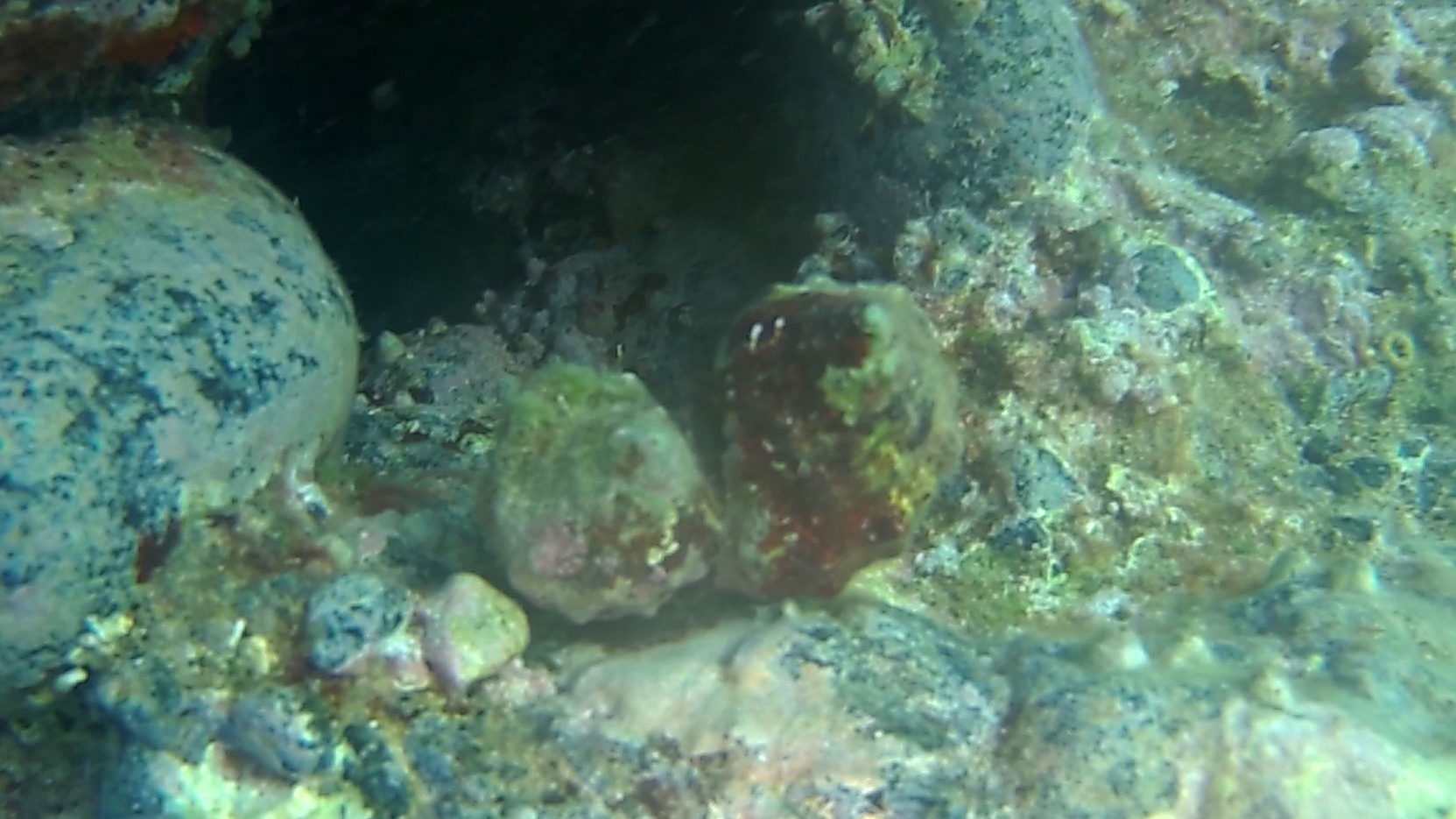

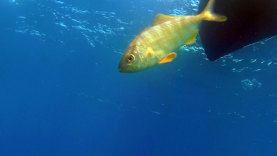
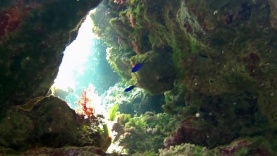
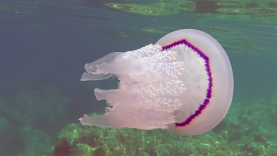
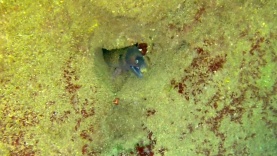
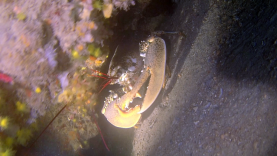
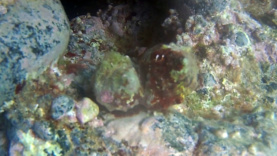
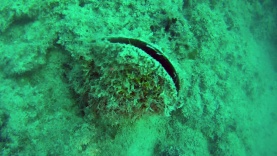
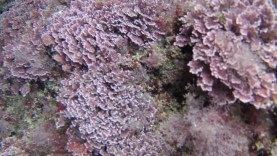
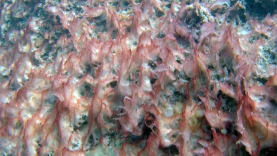
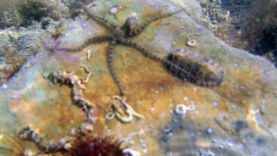

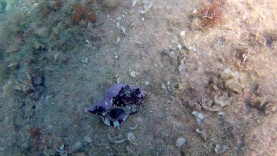



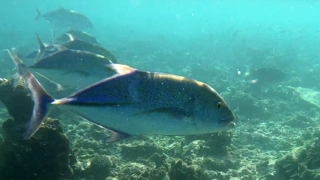


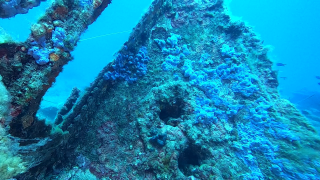
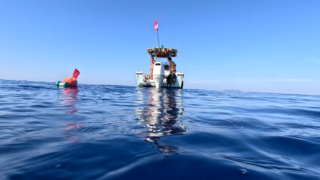
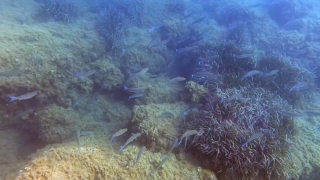
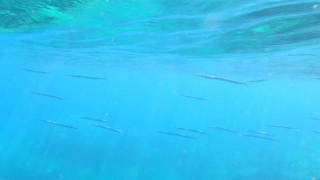
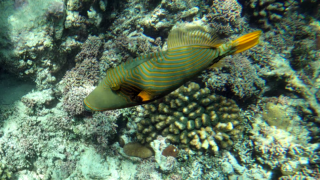
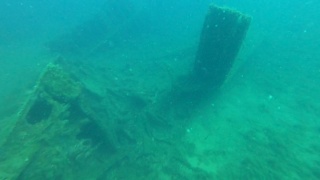
You must be logged in to post a comment.